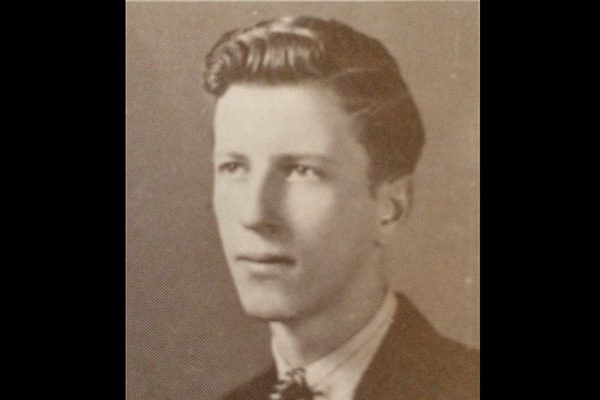Homer Hunter

“While I do not have any memories of my great-grandfather as he passed away before I was born, his legacy lives with me forever as my middle name is his last name, Hunter.”
– Adam Hunter Foster ’17
Homer Hunter, remembered by his great-grandson, Adam Foster
Chemist Homer Hunter was relocated to a “Secret City” near Oak Ridge, Tennessee, to work on the Manhattan Project.
My great-grandfather, Homer G. Hunter, graduated as a chemist from the University of Georgia at age 20. While at Georgia, he met his wife-to-be Hazel Greer. As a professor at Georgia Tech, without a choice, Homer was among the first groups of people selected to move to a “Secret City” in Oak Ridge, Tennessee, to work on the Manhattan Project.
The Manhattan Project was the code name for the American-led effort to develop a functional atomic weapon during World War II. The Oak Ridge site was chosen to take advantage of the electricity generated by the Tennessee Valley Authority’s nearby dams. The site included three facilities (K-25, S-50 and Y-12) to separate the fissile isotope uranium-235 from natural uranium, as well as the X-10 site, a graphite reactor for separating plutonium. Homer and all workers in the “Secret City” were sworn to silence; they could not talk about their work outside the site. Can you imagine his wife, Hazel, being plucked from Georgia to live in this remote place in Tennessee without knowing what her husband was doing? Homer passed away in 1980, and to this day his family does not know what his specific contributions were in developing the atomic bomb that eventually ended World War II.
Following the end of the war, the United States formed the Atomic Energy Commission to oversee research efforts designed to apply the technologies developed under the Manhattan Project to other fields. Homer spent the rest of his career continuing to work for the government in the field of nuclear science.